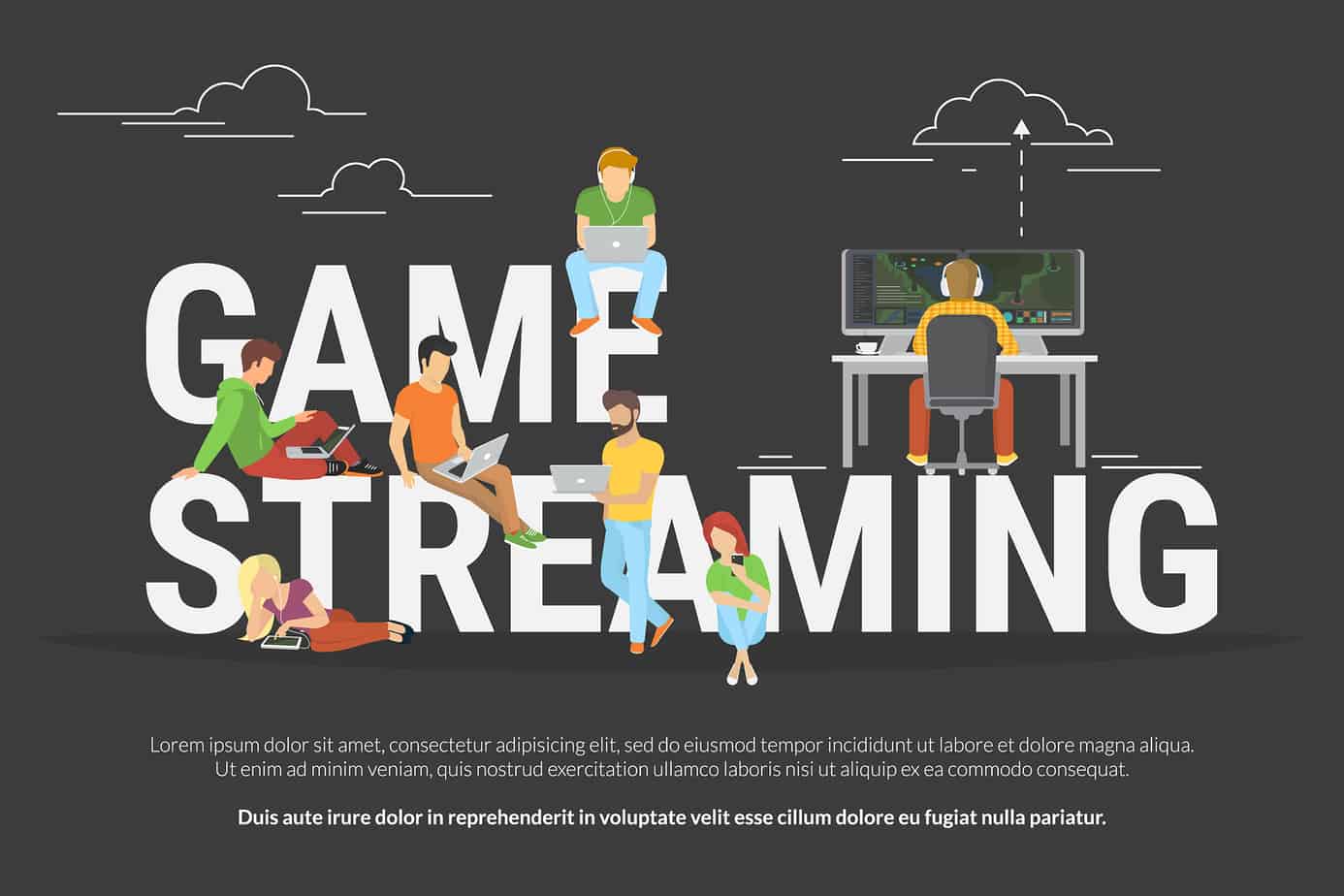Bankruptcies are on the decline. Non-business bankruptcies have fallen from 884,956 in 2015 to 750,489 in 2019. Business bankruptcies are also down as the economy remains stable following the financial crisis.
But one issue remains: millennials with student loans.
Fewer bankruptcies are not helping millennials buy homes or even start families. We might have fewer bankruptcies in the United States, but we’re also seeing almost half of millennials very stressed after buying a home.
Rising home prices, lack of savings and student loan debt have pacified millennials. The average person in this age group amassed over $33,000 in student loan debt each. It’s a staggering figure, and one that has made it more difficult to buy a home, car or get a loan. The costs of education have made it difficult for this age group to get started in life.
And as a bankruptcy attorney in Philadelphia explains: bankruptcy is not an option.
Chapter 7 Bankruptcy
Filing for Chapter 7 bankruptcy will discharge most debts, but it will not discharge student loan debt. A lot of people have chosen Chapter 7 to be able to discharge unsecured debt. The alleviation of some debt has made paying for student loans more manageable.
Mortgage lenders, however, will not be as willing to lend to someone that has filed for bankruptcy.
The idea of bankruptcy means that the person will have to wait even longer to get a home – something millennials do not want to do.
Chapter 13 Bankruptcy
In most cases, Chapter 13 doesn’t discharge student loans either. Student loans stick with a person despite bankruptcy. The benefit of this form of bankruptcy is that it allows a person to create a payment plan that may be up to five years in length.
The payment plan allows the bulk of a person’s debts to be paid off or forgiven at the end of the payment period.
Student loans are not one of these forgiven debts. The repayment of loans will be on hold during this time and will be back to normal once the bankruptcy has been finalized. Some borrowers are able to advance in their careers and are better able to afford their student loans after their other debt has been successfully discharged.
The Case of Undue Hardship
It’s possible to claim undue hardship, and bankruptcy laws will allow student loans to be discharged in this case. The problem with undue hardship is that it’s rarely approved and very difficult to prove.
The Brunner Test is used in this case, which requires all filers to meet the following three criteria:
- The borrower must prove that repaying their loans will force them to live a lifestyle under the minimum standard of living.
- The borrower must be able to prove that their hardship is likely to last through their repayment period.
- The borrower must also exercise good faith, which includes leveraging payment plans, deferment and forbearance of loans.
Proving undue hardship is hard; very hard. Most people cannot prove undue hardship, and the impact of a bankruptcy on a person’s credit report is often going to put a major delay on their plans to buy a home.
The other option is to apply for income-based repayment, which sounds good on the outside, but there’s an issue: mortgage lenders still look at the total sum of your loans. If you owe $40,000 but only have to pay $100 a month, the lender is going to have to consider 1% of your loan value as the payment, or roughly $400 a month.
Lenders want to be able to safeguard against you not getting approved for income-based loans.
Millennials, or any other age group, that are struggling to pay loans are left with few options to alleviate their debt. Bankruptcy attorneys may be able to help you file for undue hardship, but in most cases, the student loan debt will remain.



